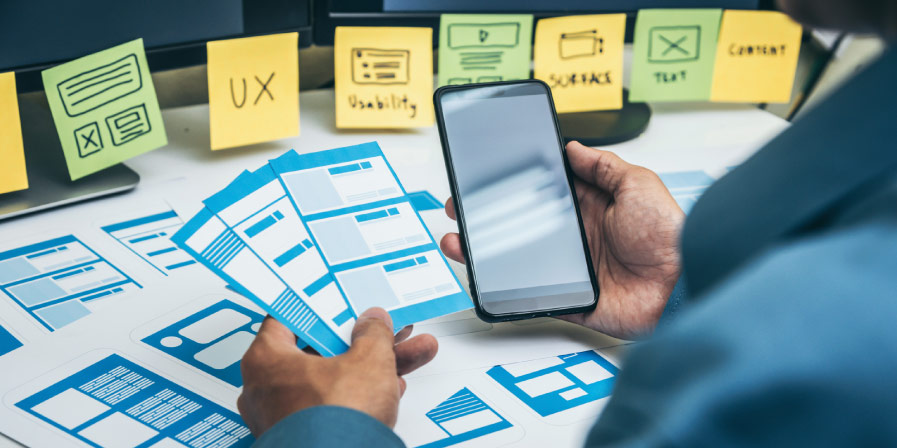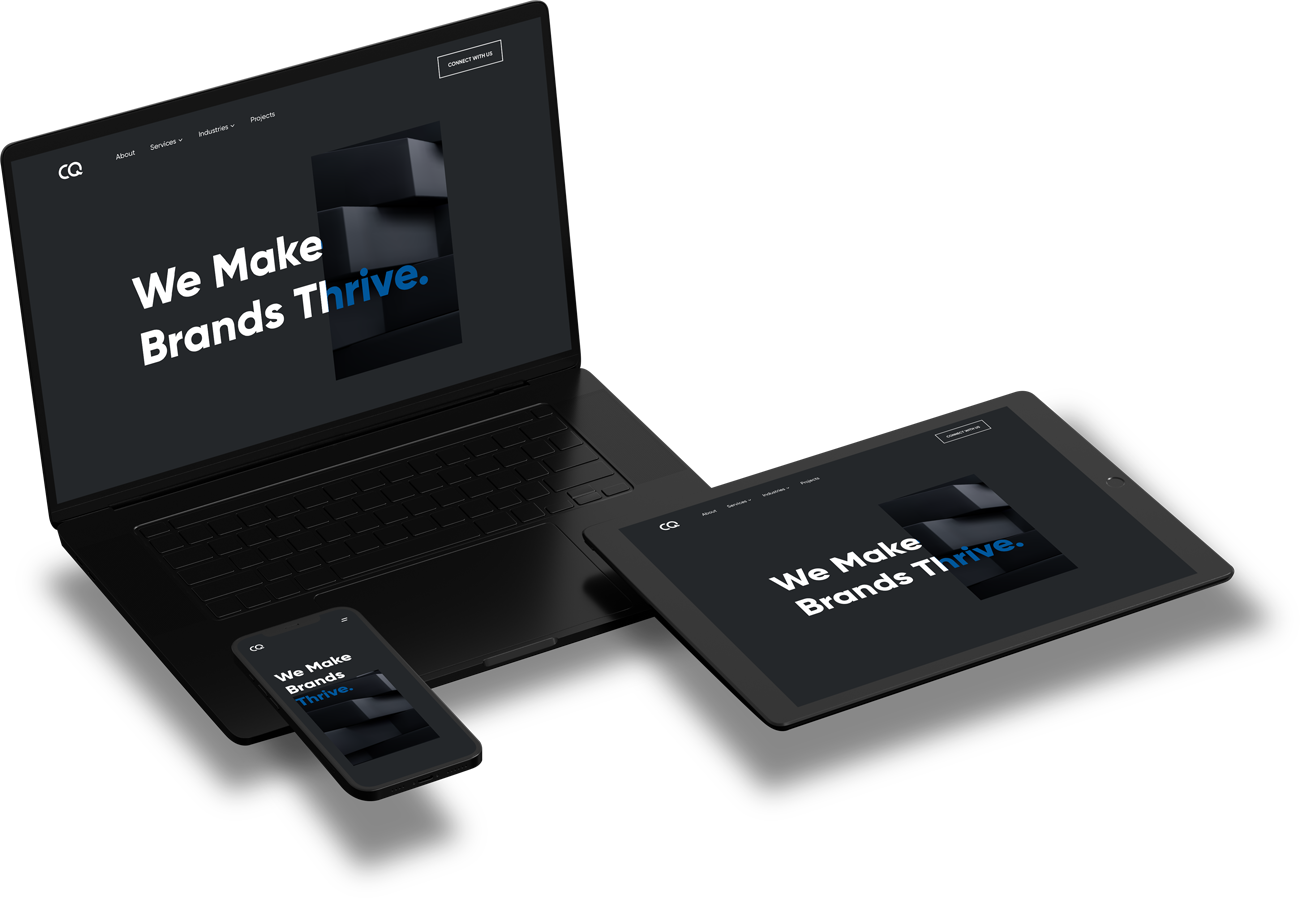 May 15, 2023
May 15, 2023

Mobile app development is a tedious process that involves a lot of planning, designing, coding, testing, and launching in 2023. A mobile app development process is generally divided into several stages. In this blog post, let us discuss each step in detail and provide a step-by-step guide to mobile app development.
The first stage of custom mobile app development is ideation and conceptualization. This stage involves brainstorming and coming up with an idea for the app. It is important to consider the target audience, the app’s purpose, and the unique selling proposition of the app. During this stage, it is essential to conduct market research to identify existing apps similar to the one being developed and analyze their strengths and weaknesses.
This will help identify opportunities for differentiation and ensure that the app meets the needs of its target audience. It is also crucial to define the app’s features and functionalities during this stage. This will help create a rough app outline and visualize its scope. It is important to note the app’s scalability and flexibility while defining its features and functionalities.
Once the app concept is finalized, the next stage is wireframing and prototyping. This stage involves creating a basic layout and design of the app, including the user interface and user experience. It helps visualize the flow of the app and the placement of various features. Various tools are available for creating wireframes and prototypes, including Sketch, Adobe XD, and Figma. These tools allow developers to create interactive prototypes that simulate the app’s user experience.
Wireframing involves creating a low-fidelity representation of the app’s layout and design. It is a visual representation of the app’s content and layout. It helps identify any potential issues with the design and layout of the app before investing time and resources in development. Prototyping, however, involves creating an interactive, high-fidelity representation of the app. It helps test the user experience of the app before development. Mobile app development services help communicate the app’s functionality to stakeholders and investors.
Once the mobile app development frameworks are finalized, the next stage is design. This stage involves creating the app’s visual design, including the color scheme, typography, and imagery. The design must also align with the app’s brand identity and target audience.
During this stage, it is important to consider the accessibility and usability of the app and ensure that the design is responsive across different devices and screen sizes. The design should be aesthetically pleasing and visually appealing to the target audience.
It is also crucial to design the app’s icon during this mobile app development process stage. The app’s icon is the first thing users see when searching for the app in the app store. It should be simple, unique, and recognizable.
The development stage is where the app comes to life. This stage involves coding and building the app, including the back-end and front-end development. Back-end development consists in creating the server-side infrastructure that powers the app, while front-end development includes creating a user interface and user experience.
The choice of programming languages and frameworks depends on the specific requirements of the app. Popular programming languages for mobile app development include Swift for iOS, Java for Android, and React Native for cross-platform apps. During the development stage, keeping the app’s scalability and flexibility in mind is important. The code should be modular and reusable to facilitate future updates and changes.
Top development companies like CraftedQ make it crucial to incorporate analytics and tracking tools during the development stage. Using the right mobile app development tool helps track the app’s performance, identify any issues or bugs, and provide insights into user behavior and engagement.
Once the app is developed, the next stage is testing. This stage involves ensuring that the app is functioning as intended and that there are no bugs or glitches. Testing is the most crucial stage in a mobile app development process, as it ensures the quality and reliability of the app. Various types of testing can be performed during this stage, including functional testing, performance testing, and user acceptance testing. Functional testing involves testing the app’s features and functionalities to ensure they work as intended. Performance testing involves testing the app’s performance under various conditions, such as high traffic or low network connectivity. User acceptance testing consists in testing the app with users to gather feedback and identify any issues or bugs.
Testing the app on various devices and platforms is important to ensure that it is responsive and functional across different devices and operating systems. Testing the app in real-world scenarios is crucial to identify any issues or bugs that may not be apparent in controlled testing environments.
Once the app is tested and issues or bugs have been resolved, the next stage is deployment. This stage involves releasing the app to the app store or the relevant platform. The deployment process involves creating the necessary app store listings, including the app’s description, screenshots, and video previews.
During this stage, ensuring that the app meets the relevant app store guidelines and policies is important. The app should be optimized for search visibility and include relevant keywords and descriptions. It is also crucial to promote the app during the deployment stage. This can be done through various channels, including social media, email marketing, and paid advertising. Creating a buzz around the app is important to increase downloads and user engagement.
Once the app is deployed, the final stage in the mobile app development process is maintenance and updates. At this stage, a mobile app development company ensures that the app runs smoothly and addresses any issues or bugs that may arise. It also involves releasing updates to the app to improve its features and functionalities and address any user feedback or suggestions.
It is important to monitor the app’s performance and engagement metrics during this stage and to use this data to inform future updates and improvements. Providing timely and responsive customer support is crucial to address any user issues or concerns.
By effectively following these steps, developers can create high-quality mobile apps that meet the needs and expectations of their target audience. With the increasing demand for mobile apps, investing in the mobile app development is important to stay competitive and provide a seamless user experience.
